Initially, Thomas Boleyn had planned to marry Anne to her cousin, James Butler, but this did not come to fruition.
On her arrival in court Anne soon discovered that Mary had become Henry VIII's mistress, however, she soon realised how easily Henry disregarded his mistresses, this would stand her in good stead when Henry began to pay attention to her.
There is a difference of opinion on the subject of the early relationship between Anne and Henry some historians claim that Anne was a schemer who set her heart on being queen, others that they were genuinely in love. Whatever the reason, what I fail to understand is if he loved her so much, how could he believe the vile rumours that were going about in court and then literally leave her to her fate.
Unfortunately, the true story has been lost to myth and to romantic legend but the real truth about this episode in history is that the people if England were subjected to a reign of terror for centuries.
www.etsy.com/uk/listing/614496839/anne-boleyn-illustrated-print-without?ref=shop_home_active_9



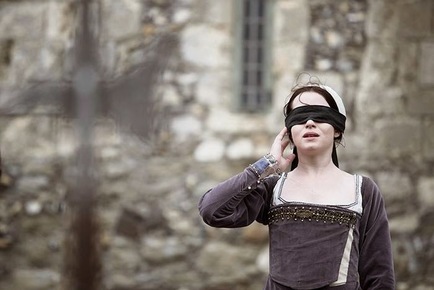
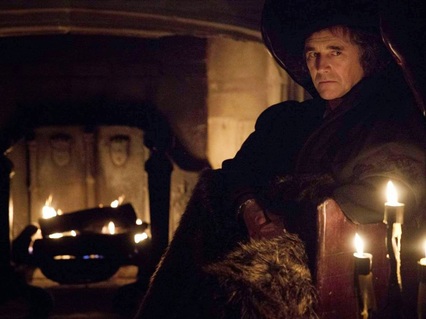
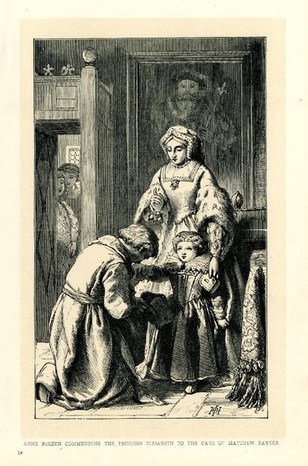
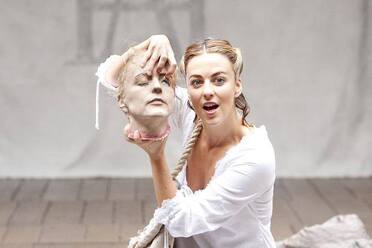
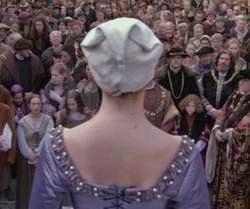
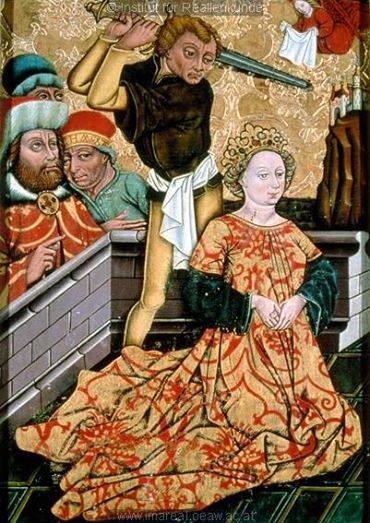
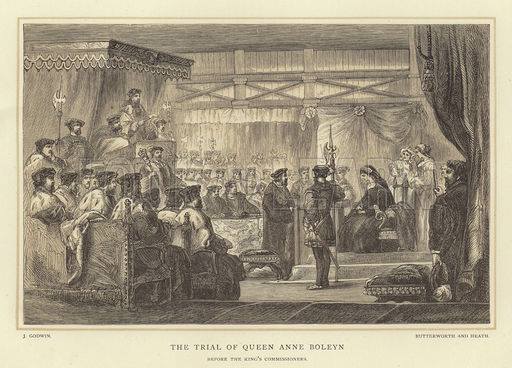
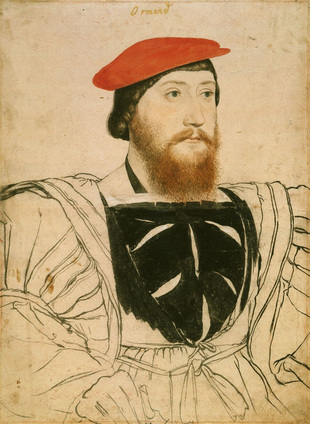

 RSS Feed
RSS Feed
